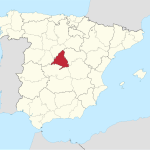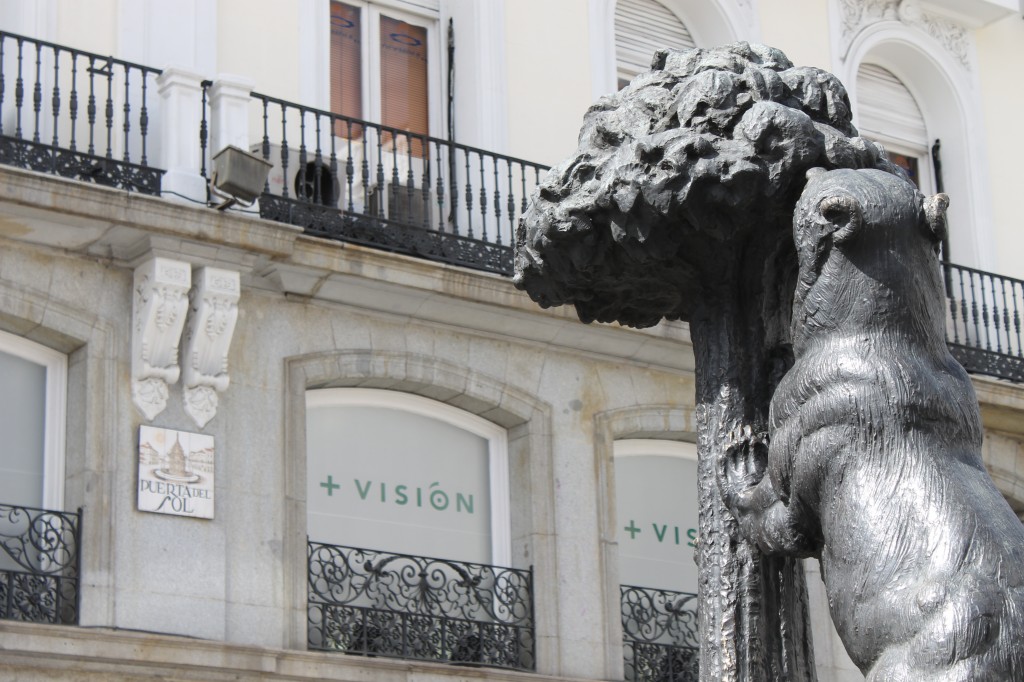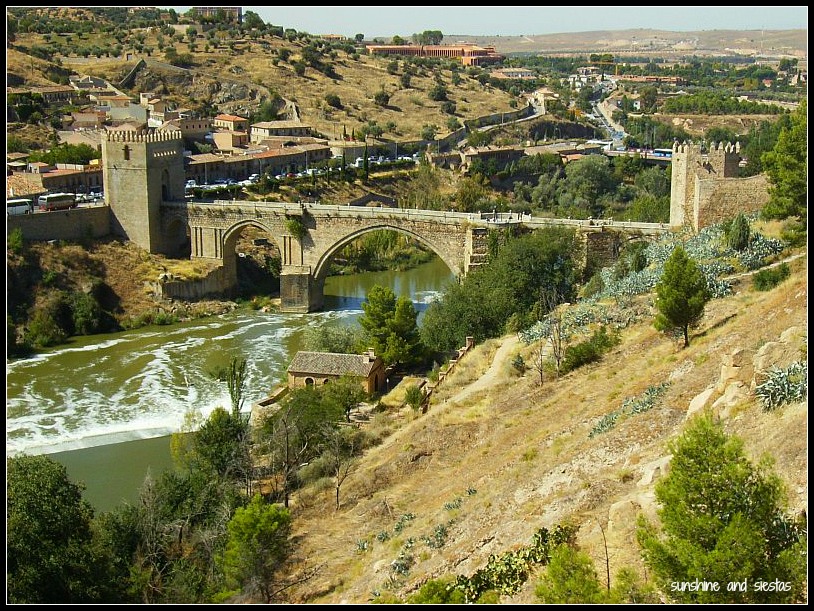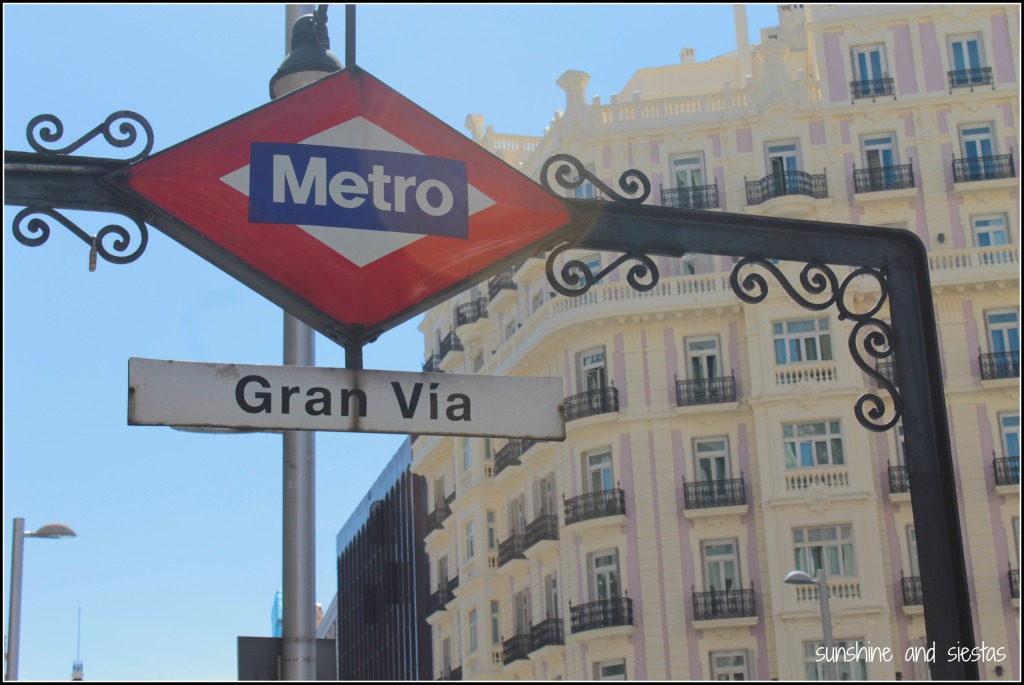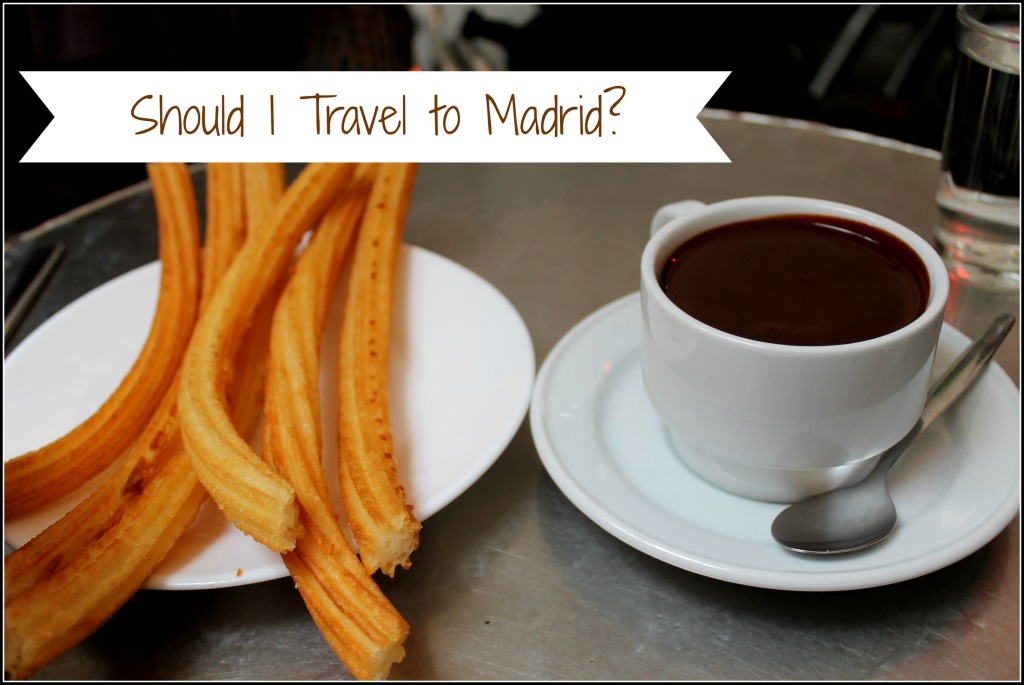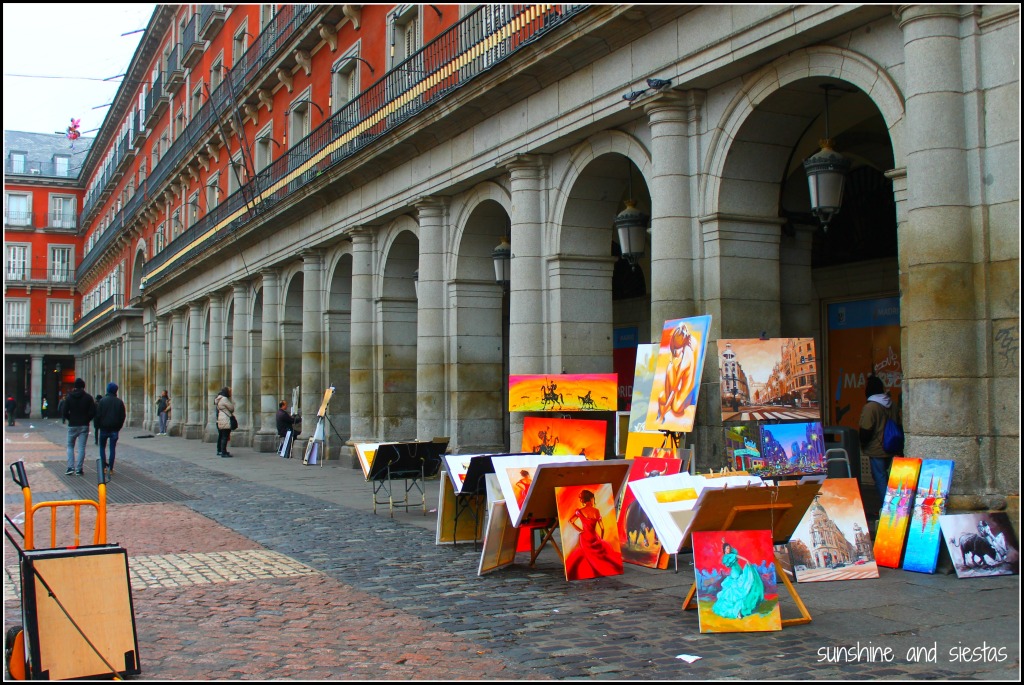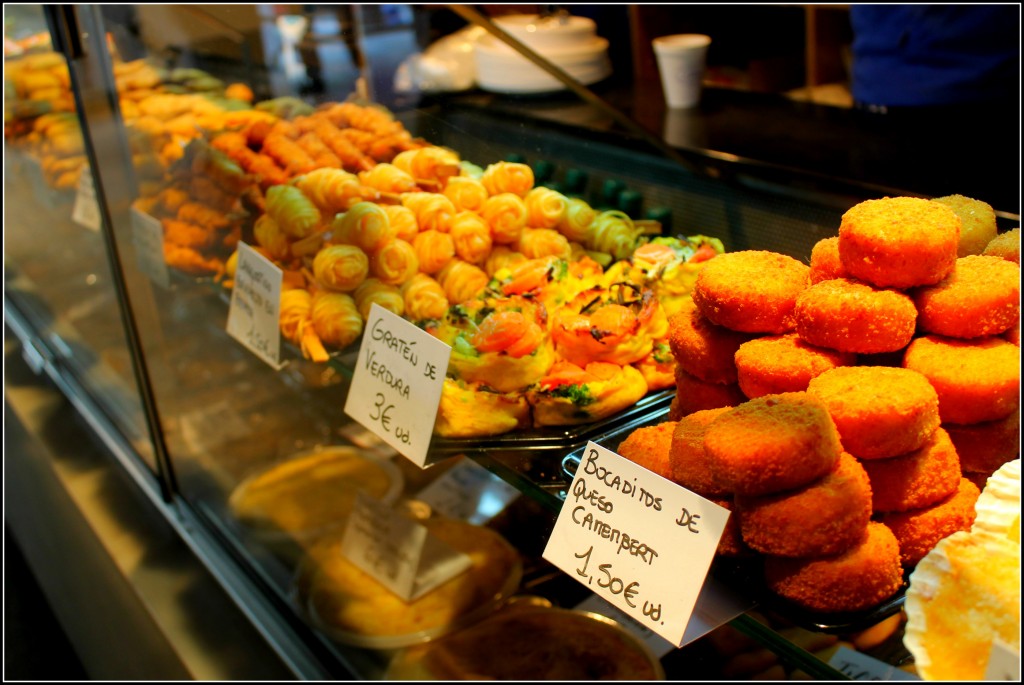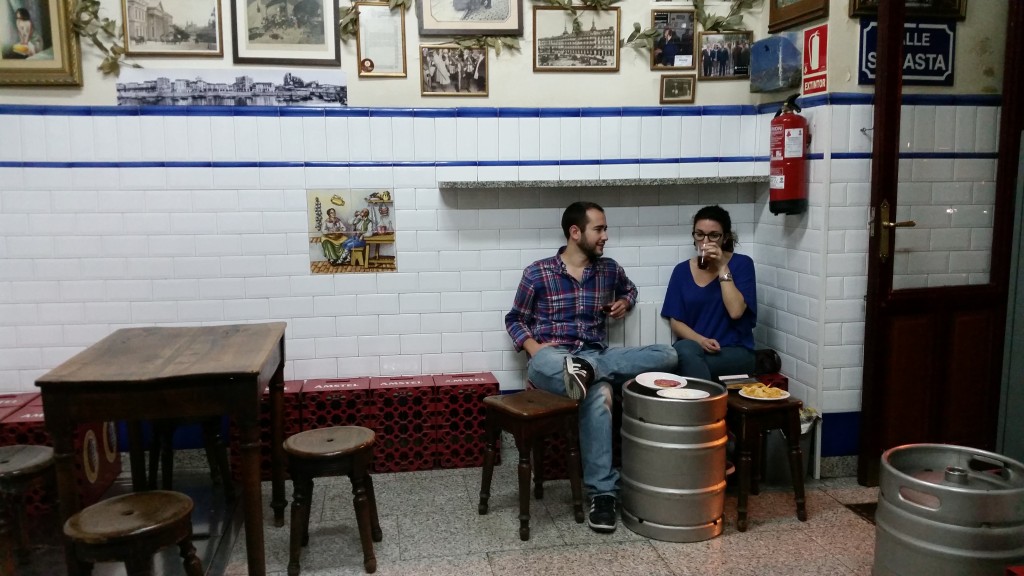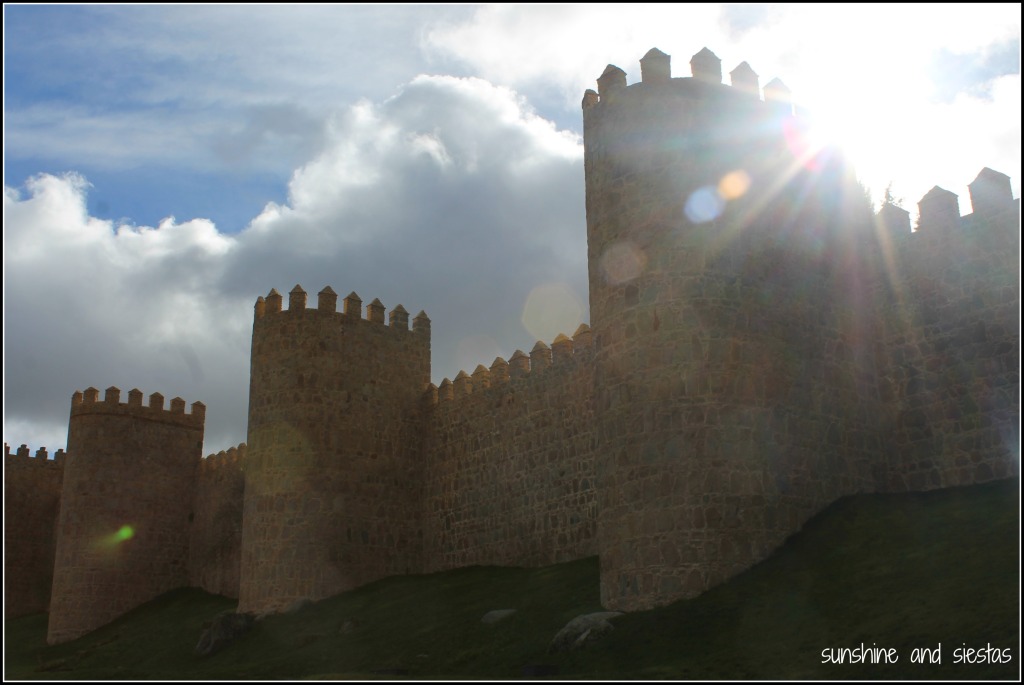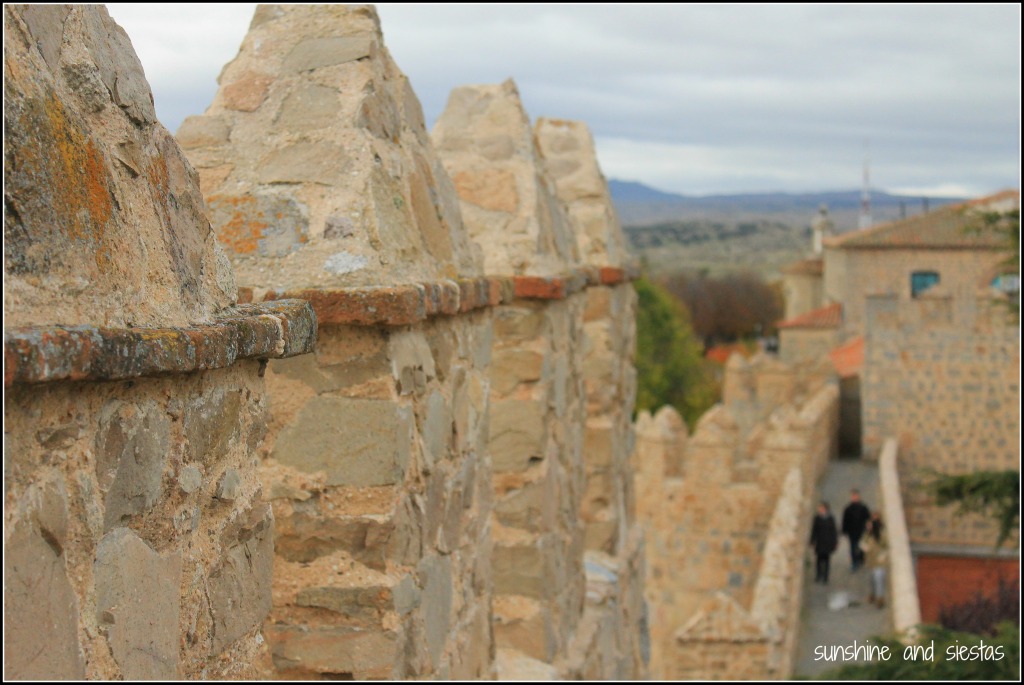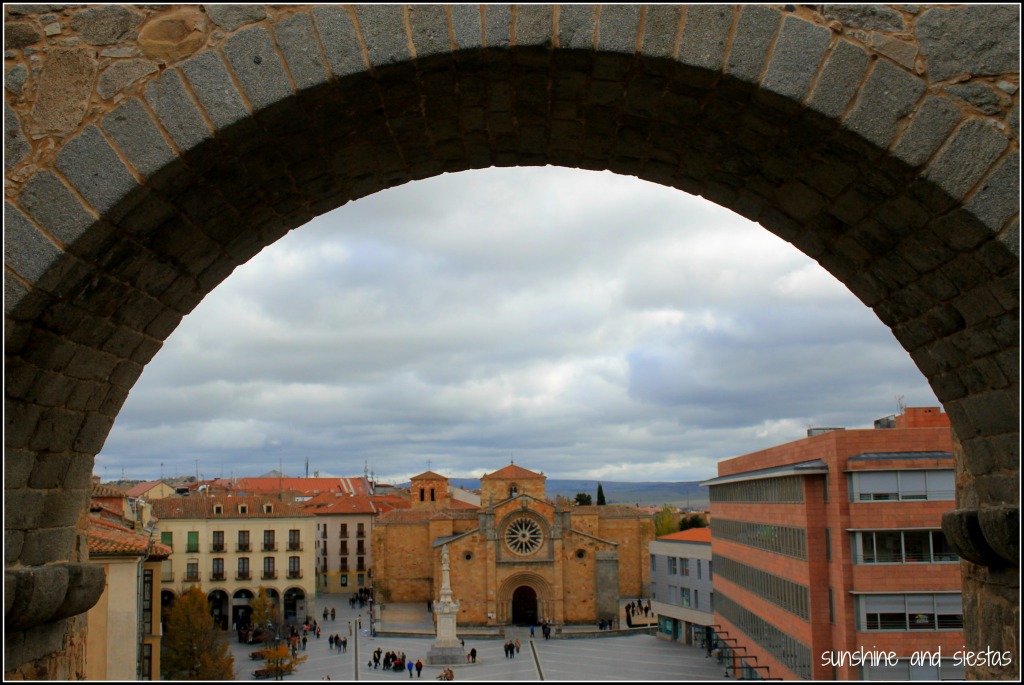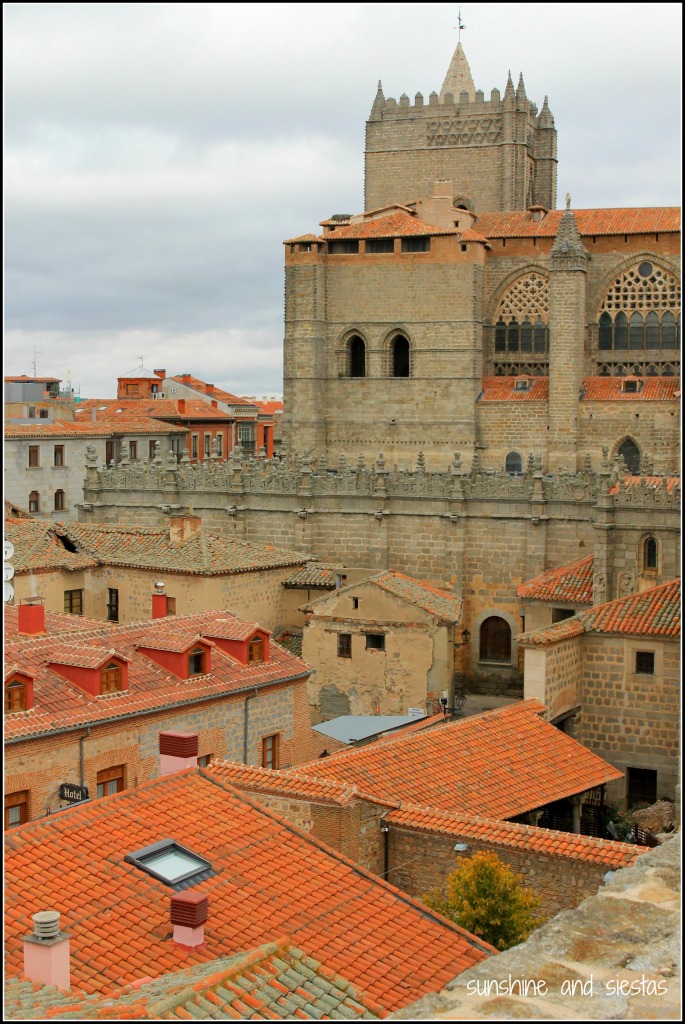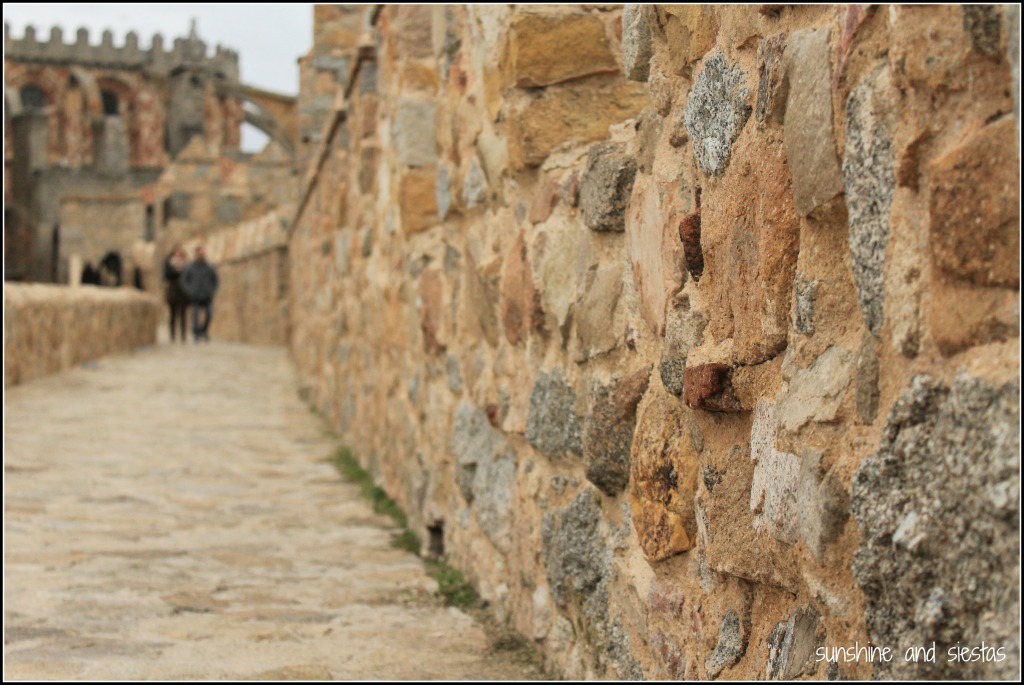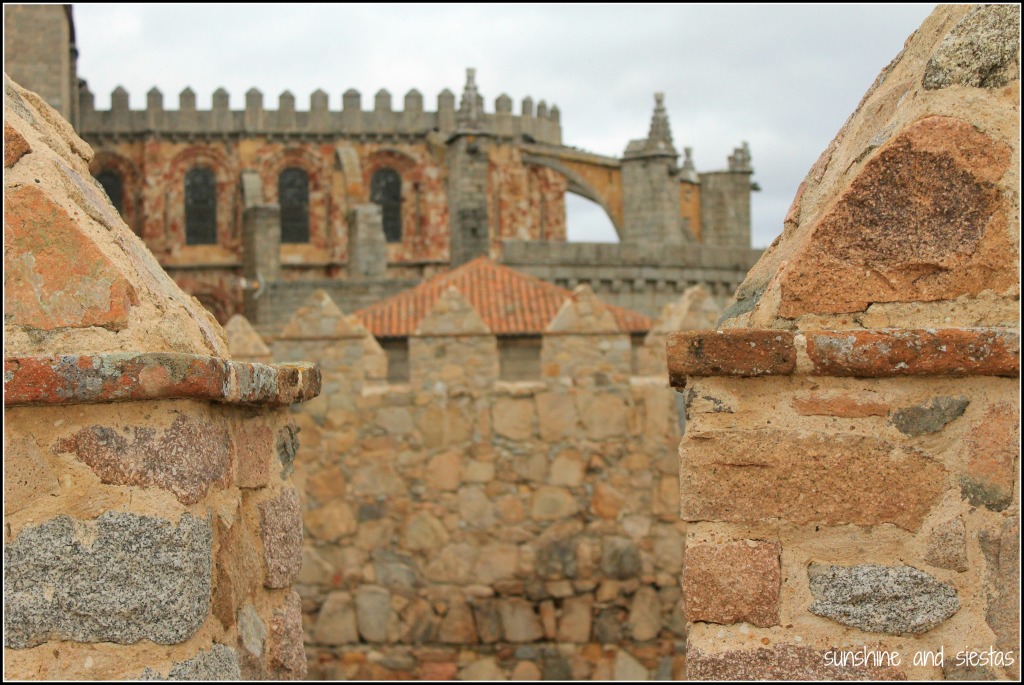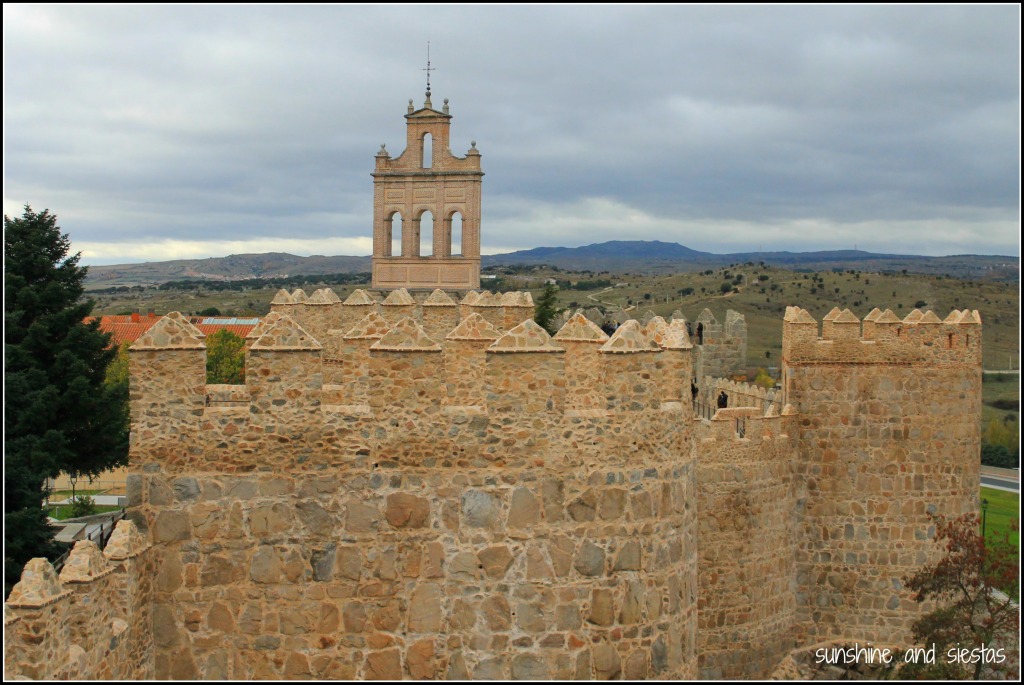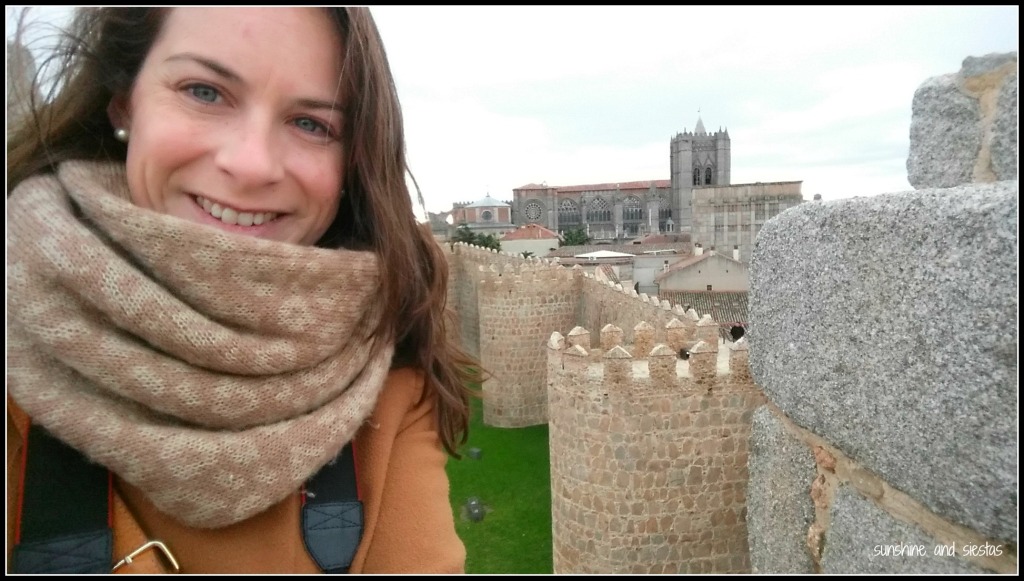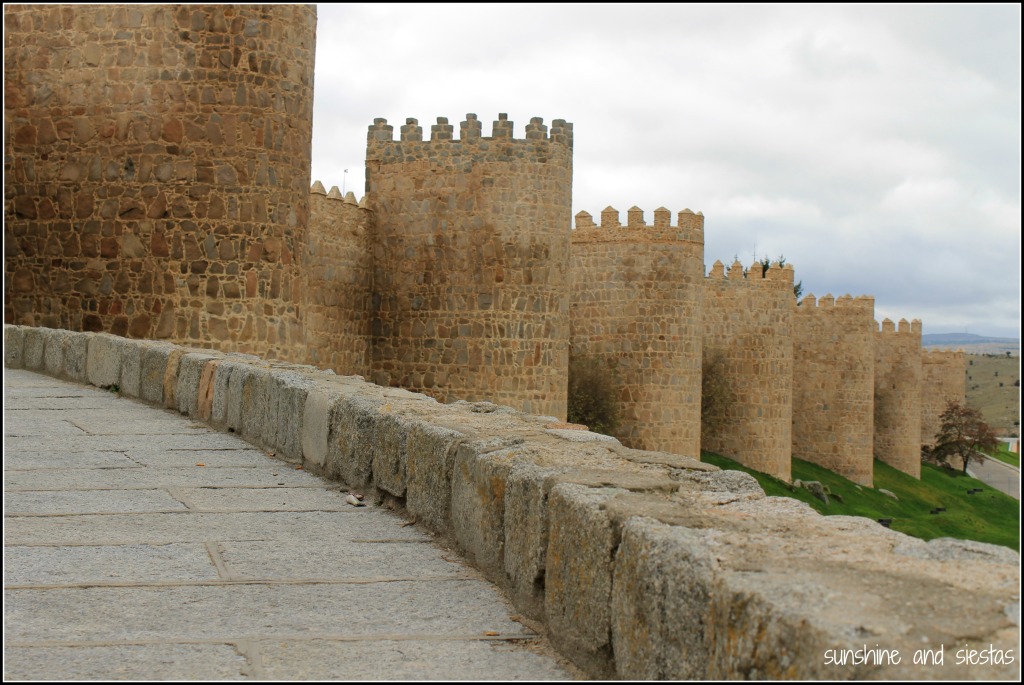Not one to make travel goals, I did make one when coming to Spain: visit all 17 autonomous communities at least once before going home. While Madrid, Barcelona and Seville are the stars of the tourist dollar show (and my hard-earned euros, let’s not kid around here), I am a champion for Spain’s little-known towns and regions. Having a global view of this country has come through living in Andalucía, working in Galicia and studying in Castilla y León, plus extensive travel throughout Spain.
Admittedly, Madrid and I did not get off to a very good start. I’d already been in Valladolid on a study abroad program for a month, and we were rushed around the capital for ten hours – we visited Plaza de España, Plaza de la Villa, Plaza Mayor, Puerta del Sol and the Prado Museum, and then were given a mere free hour to see something else. I found the capital uninviting, lifeless and a bit dull (Tens-Years-Later Me is kind of mad that I could have cared less about seeing the Prado because I just wanted an ice cream cone).
Over time, Madrid became more than just a stopover between flights for me – I spend more time in La Capital than elsewhere in Spain, have friends and family there and find the city to be the injection of urban life that I need every so often.
Name: La Comunidad de Madrid
Population: The urban area of Madrid itself is the third largest urban area in Europe, with over 6.3 million inhabitants.
Provinces: Just one, with the administrative capital located in the Spanish capital.
When: 3rd of 17, June 2005
About La Comunidad de Madrid: Located smack dab in the middle of the country, the autonomous community named for its capital city is one of Spain’s most illustrious, and usually a place where visitors hit.
Before the mid 16th Century, the city of Madrid was little more than a speck on the map and a town principally known in the farming trade. Felipe II (Spain’s greatest monarch because of his choice of haberdashery) moved the capital from Valladolid and made Madrid the center of his extensive empire, as the area had long been a favorite for nobles and was geographically sound.
Long before becoming Spain’s most important city, Madrid had inhabitants dating from Lower Paleolithic and saw a surge in population during the Roman Empire when it formed part of Lusitania. Populaton and importance fell once the Visigoths moved in.
Because of its location, sandwiched between the Castilles and Al-Andalus, the region saw power change hands between Christians and Moors – in fact, the name comes from Arabic Mayrit and originated around the 9th Century, forming part of Al-Andalus until the 1083 reconquest allocated it to the Castillian kingdom, where it had territorial independence.
Madrid began to grow after its appointment as the seat of the Kingdom of Spain, and in the 1830s, a province of the same name was founded, shifting the political strong arm from Toledo. This act eventually led to a dispute between the pre-establish autonomous community of Castilla-La Mancha and its northern neighbor, and the Comunidad de Madrid was, in fact, the last of 17 to be created.
Must-sees: Dios, what shouldn’t you see in Madrid? It seriously has something for everyone and is Spain’s pulsing, passionate heart.
Within the capital, there are an abundance of world-class museums – the Prado, the Reina Sofia and the Thyssen make up the so-called ‘Art Circle’ – as well as historical sites like the Royal Palace and adjacent Almudena cathedral. Spain’s version of Broadway is here. The government sets up shop in Moncloa. Every national highway passes through the Puerta del Sol. The Buen Retiro park is captivating at any change of the season.
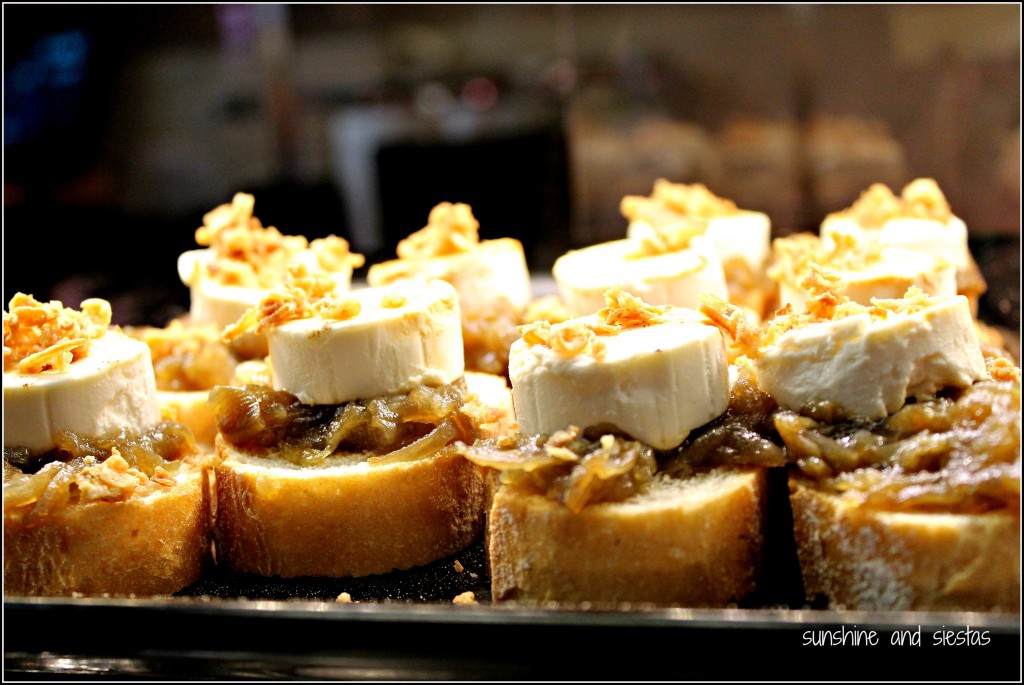
Dining in Madrid is an absolute treat as well, from its typical taverns serving up fried calamari and grilled pig’s ear to swanky gastrobars and fusion restaurants. In Madrid, I get all of my favorite international cuisines, like Thai and Korean, and it’s a place where Old Man bars are the real deal – and vivan las tapas gratis (I don’t care if they’re day-old microwaved bravas – free is free!) If you’re new to Spanish gastronomy, consider a tapas tour or sip a vermouth while feasting your eyes and tummy on a food market.
If you’re able, consider a day trip out of the capital. Segovia and Toledo, two medieval cities, are on the cercanías commuter line, as is Alcalá de Henares, a UNESCO World Heritage Site and birthplace of Spain’s own Shakespeare, Miguel de Cervantes. You can also check out delightfully charming towns like Chinchón or Buitrago, contemplate Spain’s Golden age at El Escorial or reflect on its darkest days at Valle de Los Caídos. If sport is more your thing, the comunidad has loads of hiking trails and a ski resort.
My take: While most who have made Spain their home claim that there’s far more to Iberia than its capital (I myself am of this camp), there’s no sense in skipping it. Madrid has everything – culture, art, gastronomy, nightlife and a handful of day trips. If Puerta del Sol is Kilometer 0, the rest of Spain seems to spiral around it.
I’ve probably spent more than two months in Madrid collectively and in every season. After exhausting all of the touristic options, one of my favorite things to do is pick a neighborhood and spend time popping in and out of shops, sampling treats at bakeries and sitting in sun-filled cafés.
Madrid always seems to embrace me when I’m there, even if it’s just a quick trip to El Diamante for a bocadillo de calamares before hopping a plane back home. I know Malasaña and La Latina as well as I know Barrio Santa Cruz, can name Metro stops and their corresponding colored lines and beeline right to my favorite international food joints. Madrid is an old, familiar pair of blue jeans for me. But the trendy kind.
Outside of Seville, it’s probably the only place I’d willingly move to in a heartbeat.
Have you ever traveled around the Madrid province? What do you like (or not) about it?
Want more Spain? Andalucía | Aragón | Asturias | Islas Baleares | Islas Canarias | Cantabria | Castilla y León | Castilla-La Mancha | Cataluña | Extremadura | Galicia | La Rioja


